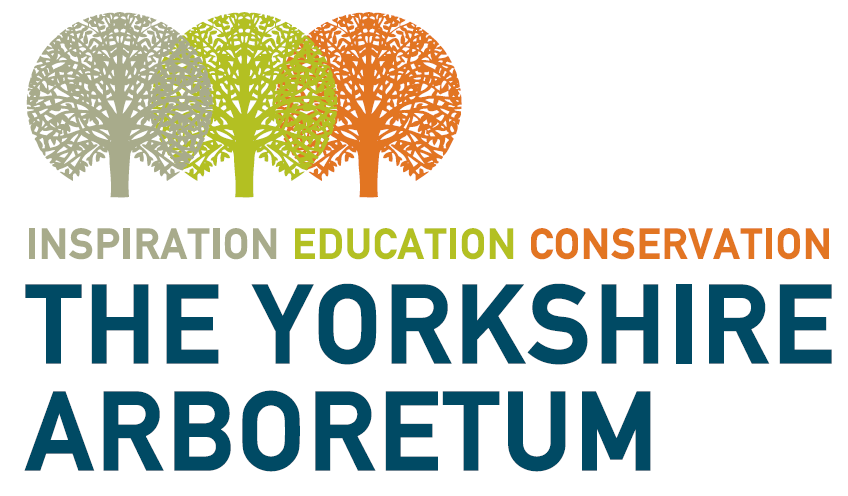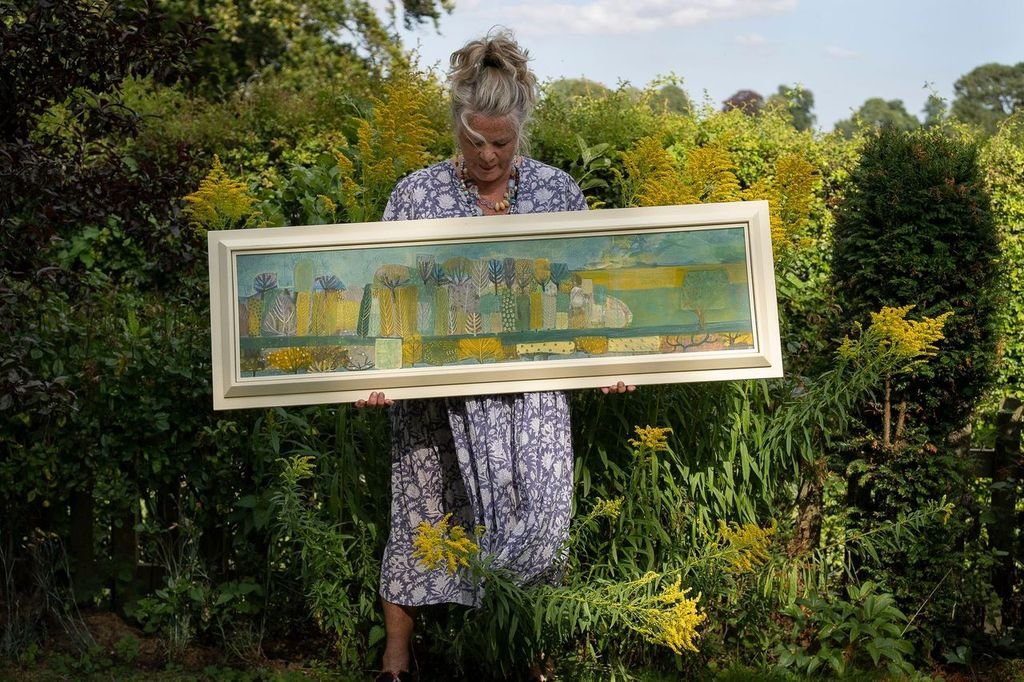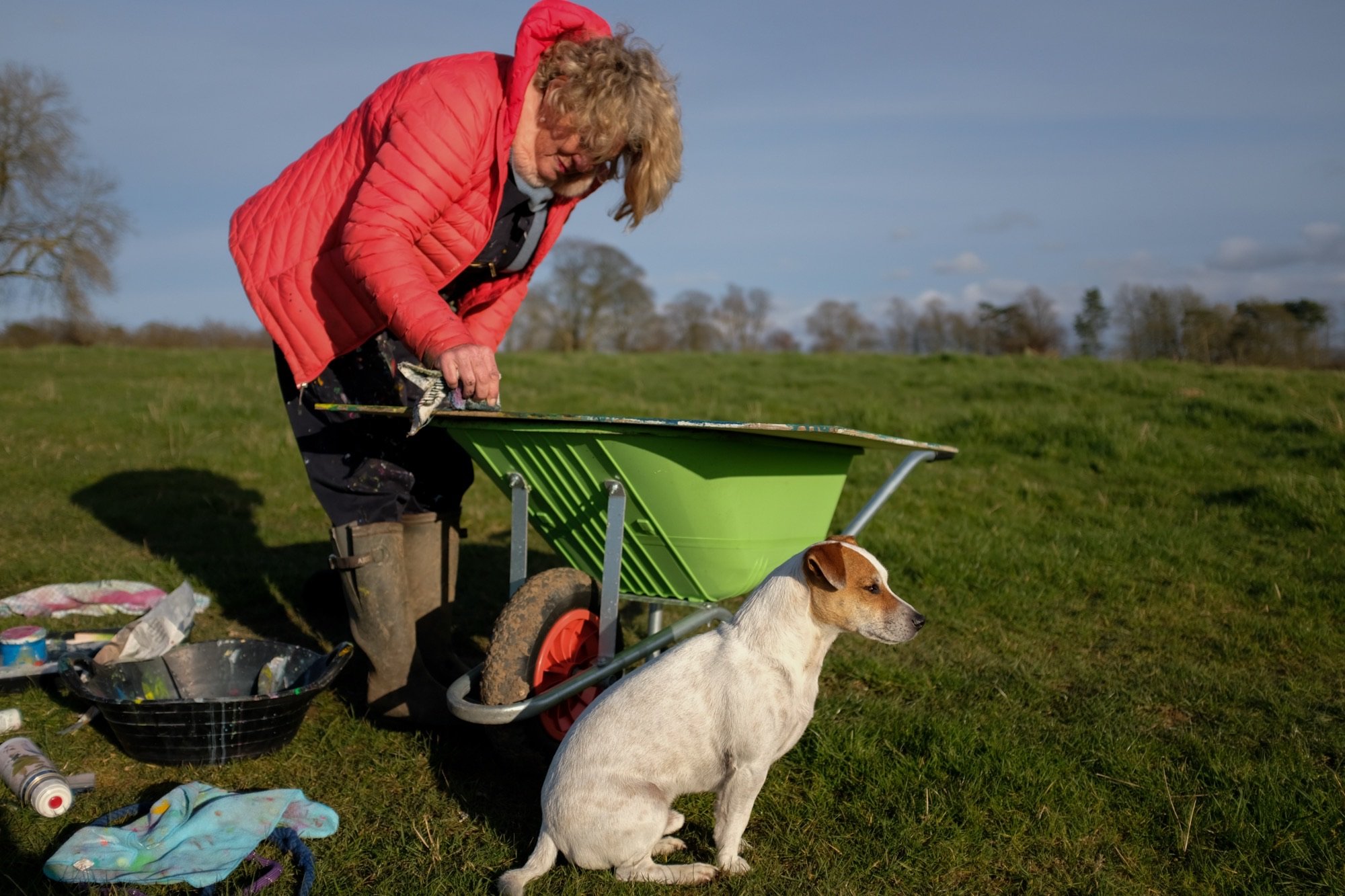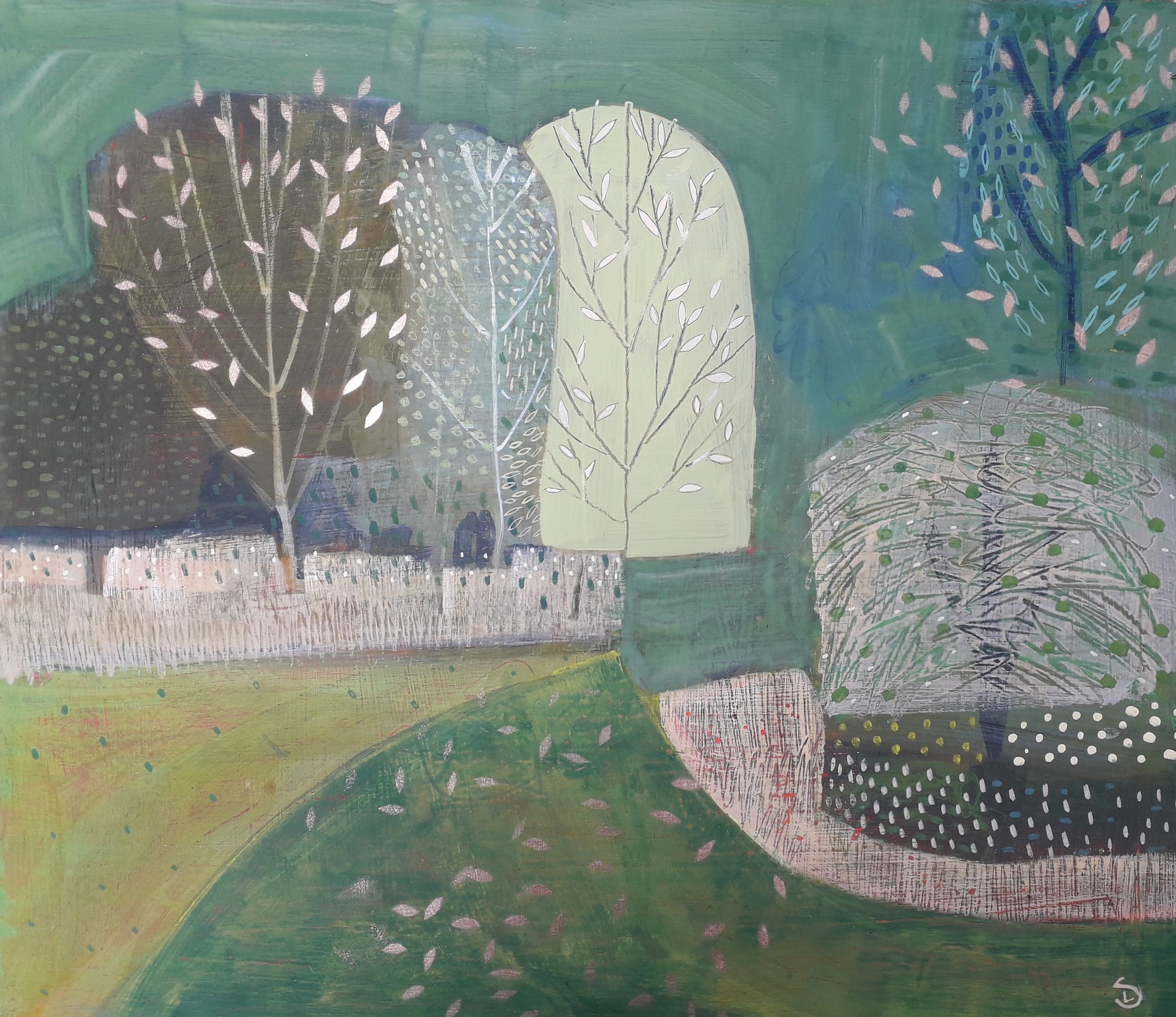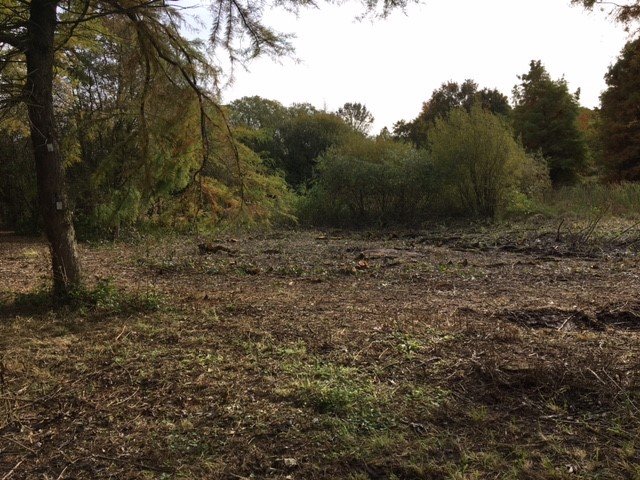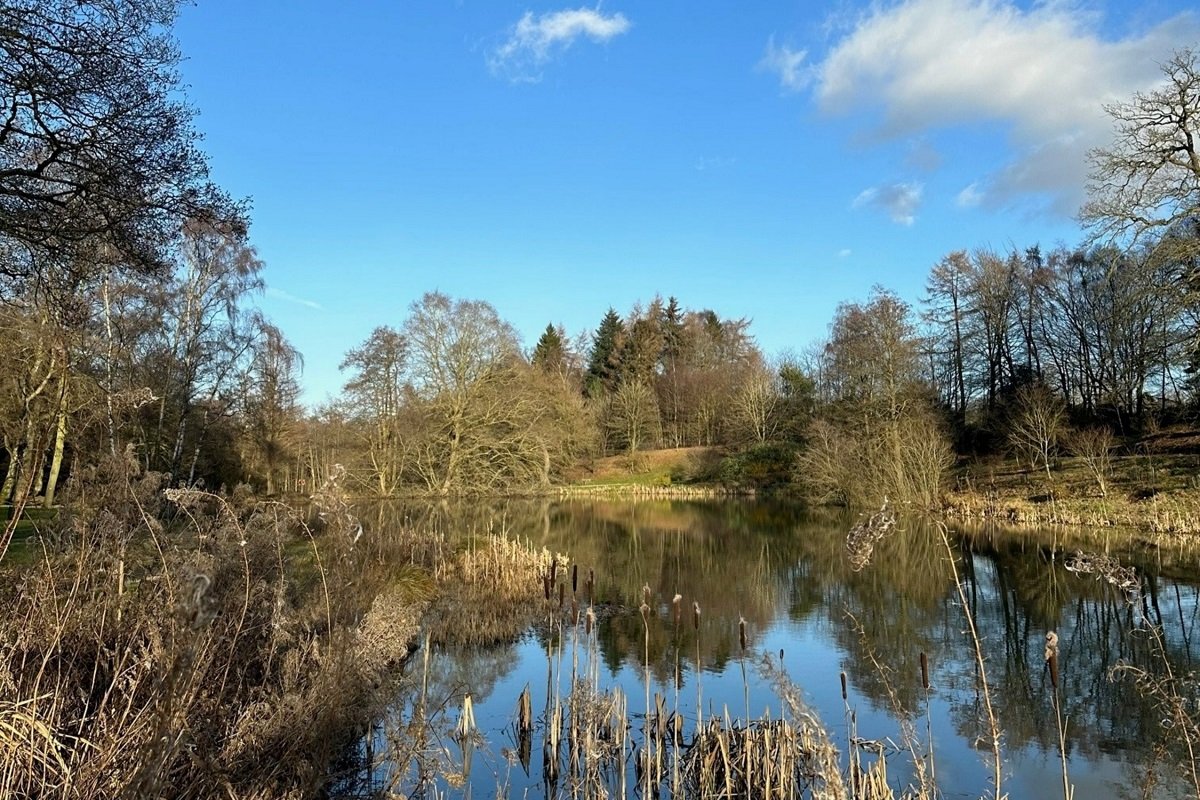The arboretum is part of a project to save this ancient tree threatened by climate change. The Wollemi Pine Meta-collection Project was started by the Botanic Gardens in Sydney to conserve this iconic tree.
The Wollemi Pine (Wollemia nobilis) is one of the world's rarest and most threatened tree species. Until recently it was thought extinct, and the single remaining population is tiny — fewer than 100 adult trees.
Many thousands of Wollemi Pines have been grown from seeds, cuttings and tissue culture at Botanic Gardens of Sydney, giving us thirty years of knowledge. Countless scientific studies and cutting-edge DNA technologies have helped us establish resilient new populations of trees in bushland settings and cultivated gardens.
In 2024, a new chapter of the Wollemi Pine’s story began. Calling upon the largest network of botanic gardens, represented by Botanic Gardens Conservation International (BGCI), now Botanic Gardens across the globe are working together, watching over the Wollemi Pine Meta-collection to create a strong future for this ancient and iconic species.
Bedgebury National Pinetum and Forest, a Forestry England site in Kent, UK, assisted the conservation efforts by receiving young Wollemi Pines from Australia, growing them on and then distributing them to new homes in 28 institutions and botanic gardens around UK and Europe. They followed strict biosecurity guidelines to avoid the spread of pests and diseases. A key factor in choosing partner gardens was whether their future climate is likely to be suitable for Wollemi Pines.
Until the recent rediscovery of the living Wollemi Pine, the species was thought to be extinct. Scientists studying the species noted that the foliage closely resembles fossils of Agathis jurassica and other Kauri Pine species dating back as far as the Jurassic age — around 200 million years ago.
Other research shows that the pollen from living Wollemi Pines is similar to two-million-year-old fossilised pollen found in Patagonia, South America. This palaeobotanical evidence supports the theory that Wollemi Pines grew across the southern hemisphere until relatively recently.
Fossil evidence suggests that many millions of years ago the Wollemi Pine was widespread, particularly in the southern hemisphere. Over time, environmental conditions have become much less favourable for this species, and their numbers have dwindled to the edge of extinction.
Today, only three small groups of trees remain in their original bushland habitat — a remote canyon in Wollemi National Park, not far from Sydney, Australia. Introduced diseases, invasive weeds, frequent bushfires and a changing climate are likely to continue to threaten the survival of the Wollemi Pine.
In a world-first for conservation, genetically diverse collections of Wollemi Pine saplings are now growing in botanic gardens around the world. From Australia to Europe and beyond, together these create the Wollemi Pine Meta-collection.
Each collection of Wollemi Pines will face different conditions and challenges, so scientists at Botanic Gardens of Sydney ensured each travelling collection is a unique combination of genetically diverse plants. Over time, new generations will continue to evolve, adding to the genetic diversity and long-term survival of the species. This is a powerful example of an international conservation partnership in action that the Yorkshire Arboretum is proud to be part of.
